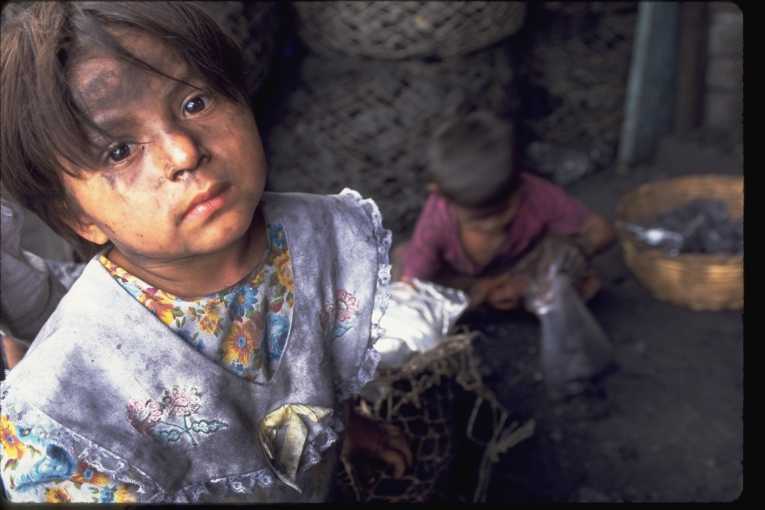Another un-suspected but entirely possible result of climate change and its resultant fallouts will mean pushing more children into working thus compromising their years of crucial development. The Child Labour Index and map, produced by global risks advisory firm Maplecroft, rates 68 countries as 'extreme risk' with India, China, Nigeria and Pakistan amongst those with the most widespread abuses of child workers.
Complex issue
While Maplecroft's research underlines the fact that the issue of child labour is often symptomatic of a range of underlying structural problems in a country, including poverty and a lack of access to education, vulnerability to the impacts of climate change will also contribute to increasing rates of child labour.
As Maplecroft's CEO, Professor Alyson Warhurst, says, ''Drought and deforestation result in more work for children, as they must travel greater distances to gather water and fuel for farming purposes; whilst more frequent and severe climate related disasters will lead to raised levels of poverty, forcing children from education and into the workforce to support their families.''
For emerging economies like India and China this is of special concern. Already these countries, that supply the world with manufactured goods and natural resources, and that are fuelling the global economic recovery, have the worst record of underage workers within their labour markets.
Ban child labour
Both India and China recently featured in damaging revelations for an international fashion chain, where suppliers used by the company were found to be employing children for less than the minimum wage; however, it is the rural sector where 70% of child labour is found.
''These large emerging economies are essential to the strategic interests of multinational business as they constitute a primary source for raw materials and manufactured goods,'' said Monique Bianchi, Principal Analyst at Maplecroft. ''Not only is child labour wrong, but the existence of child labour within a company's value chain can have significant impacts on reputation and profits and it is critical that companies undertake stringent monitoring of all suppliers.''
Both India and China recently featured in damaging revelations for an international fashion chain, where suppliers used by the company were found to be employing children for less than the minimum wage; however, it is the rural sector where 70% of child labour is found.
Maplecroft says companies working with suppliers in the textile, electronics and manufacturing sectors are particularly vulnerable to the risk of complicity with labour rights violations.










